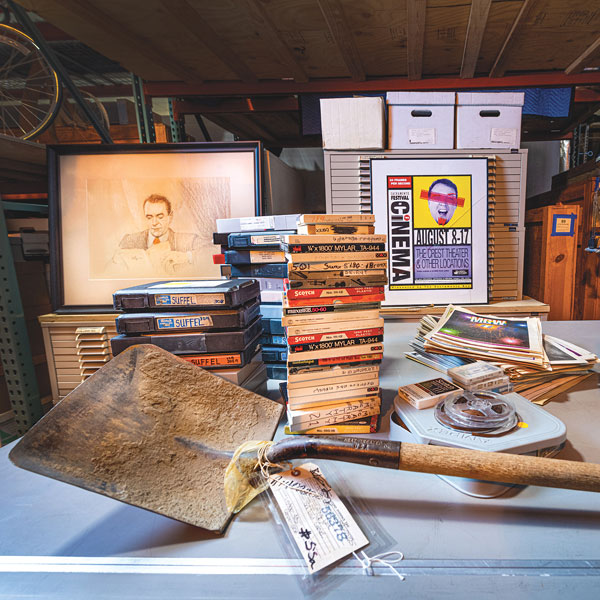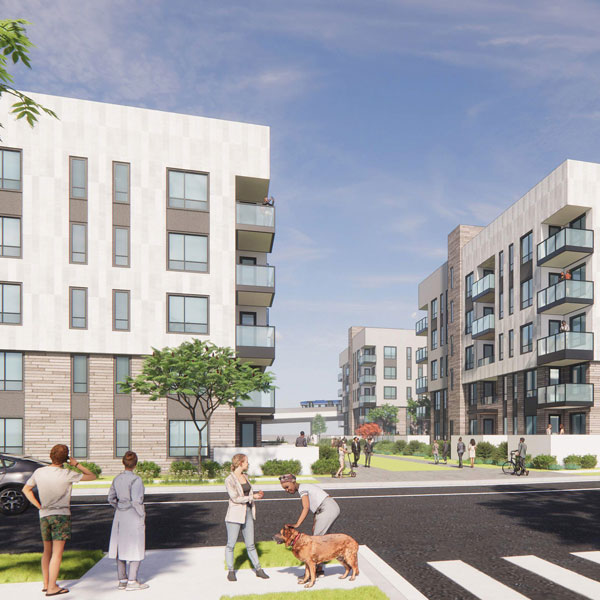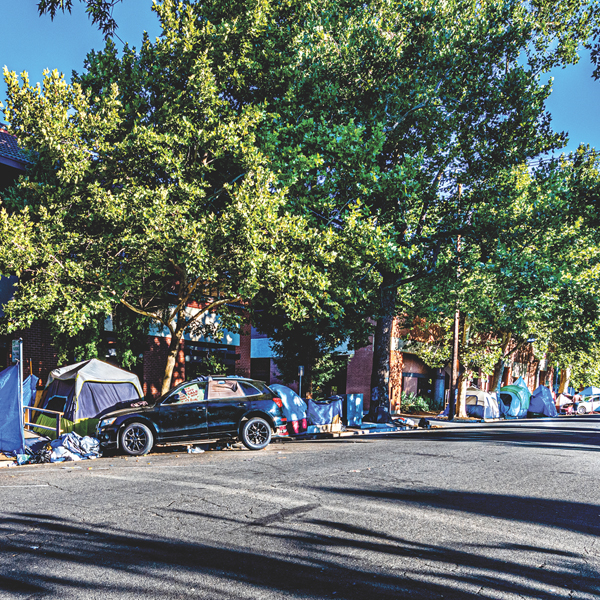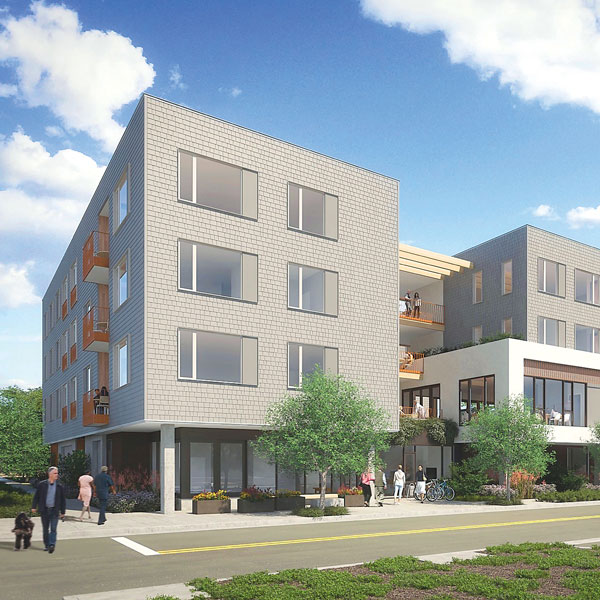Building Our Future
Garden Party
City life, by its very nature, requires places to escape. Even in our most livable urban areas humans need sanctuaries to get away from traffic, noise, congestion, crowds and other annoyances.
That’s why we cherish parks, museums, beaches and other oases. Calm, relaxing locations where we slow down and forget the stress.
Few places offer the peace and beauty of a well-designed, plush botanical garden. Now a group of determined Sacramentans is working to bring this amenity to the capital city.
It Happened Here
Like a lot of people in Sacramento, Marcia Eymann is anxious to find a permanent home, but not for herself or her family. She’s searching for a new place to house the Center for Sacramento History. It’s personal and professional. She’s city historian.
Funded by the city and county, the 25,000-square-foot center is a fascinating, if hidden, repository of local and regional history. But because it’s located in a nondescript strip center north of Downtown with limited exhibit space, most treasures go unseen.
Bee Gone
In every city with a decent daily newspaper, historic decisions swirled around the building where journalism was conceived, produced, printed and distributed.
That was certainly true at 21st and Q streets. For seven decades, the Bee reported on political scandals, natural disasters, athletic achievements, social shifts and horrific crimes. Stories from the paper’s Midtown headquarters impacted generations.
In my 16 years at the Bee, I was fortunate to work with many talented journalists at 21st and Q. I covered elections, earthquakes, floods and murders—endless human accomplishments and failings. It’s natural that I feel melancholy when I see the Bee building today, silent and empty.
Sidewalk Solutions
Our core city suffered blows in recent years. Early in 2020, with a Downtown renaissance underway, COVID-19 stopped everything. Two months later, protests over George Floyd’s murder turned destructive. Restaurants and businesses boarded up and closed.
With state employees working remotely and several deadly gun crimes generating news, the core was a ghost town, recovery a pipedream.
Today a fair amount of pre-pandemic energy is returning. The Kings’ brief playoff run brought thousands Downtown. Increased police presence made people feel safer. We still miss state workers, but restaurants are crowded and nightlife jumps again.
Community Trust
Everyone knows we need additional housing, but 29 families soon moving into Washington Commons in West Sacramento are searching for something more elusive.
They want a community. A place where people look out for one another, share responsibility, and team up for walks and bike rides. Where they help with communal meals and offer a place for visiting friends and family for a night or two.
Washington Commons, a four-story cohousing condominium project under construction across the river from Downtown with 35 one- and two-bedroom units, is expected to be finished early next year.
Build, Or Else
A few years ago, when my wife and I looked for a house to buy after returning to Sacramento from Southern California, we found the perfect place near Tahoe Park.
We liked the neighborhood. The house was updated and reasonably priced. The only drawback was a homeless encampment in the park across the street. That made me uncomfortable. We decided not to bid on the house.
The experience came back to me recently while reading about the lawsuit filed against the city of Elk Grove by California Attorney General Rob Bonta, Gov. Gavin Newsom and the Department of Housing and Community Development. California is taking the city to court over its denial of a low-income housing project known as Oak Rose in Elk Grove’s Old Town.






